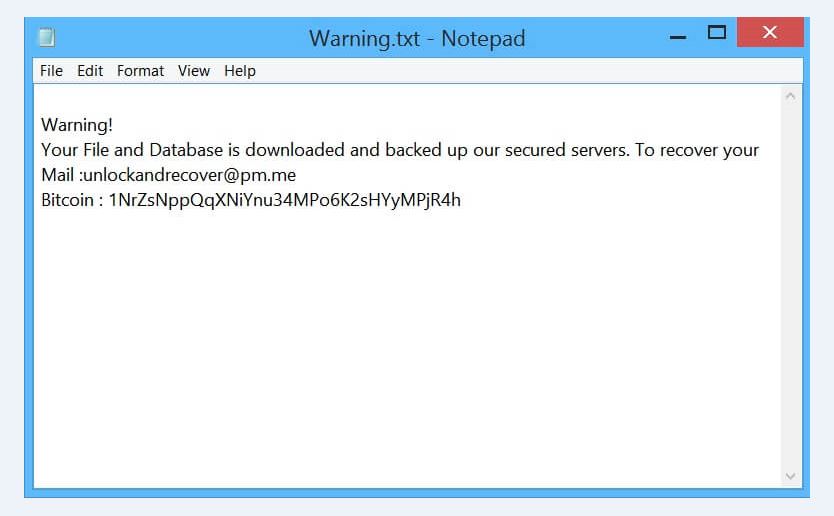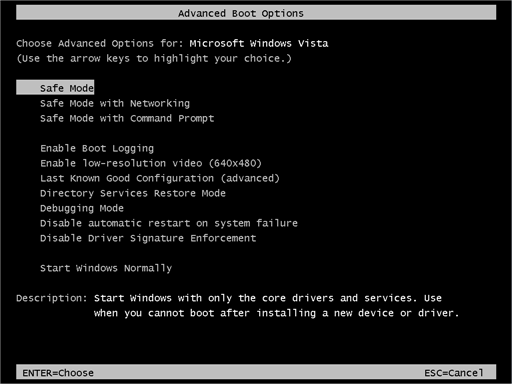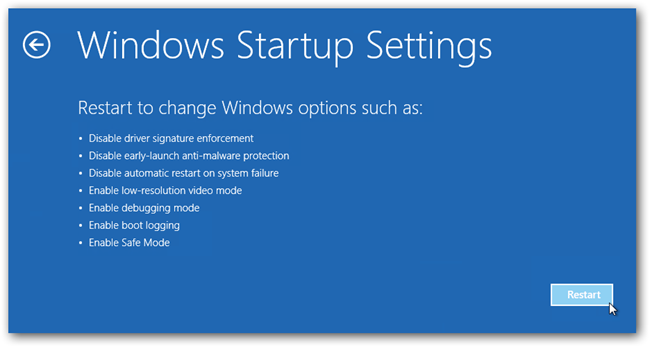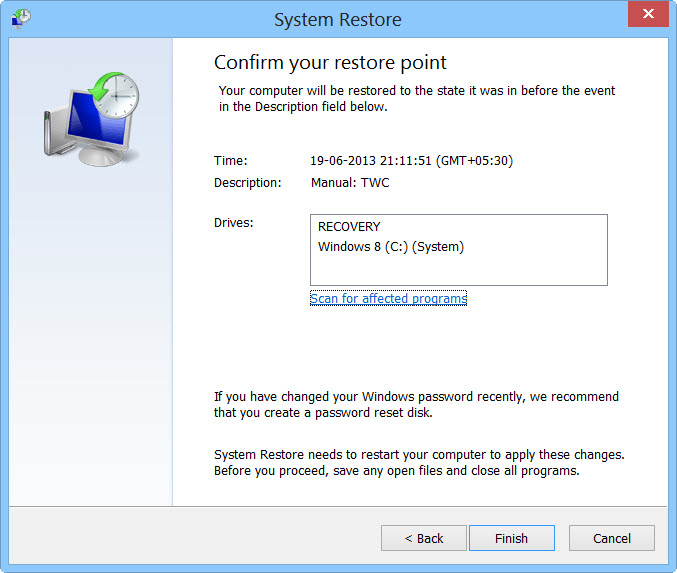Remove MongoLock Ransomware From Computer
Browsing the web is always entertaining, but it could be dangerous when a dreadful infection like ransomware, trojan or any other form of malware enters into your computer from a click on a wrong website.
Nowadays, the internet is not secure with the increasing methods of earning money. Anonymous hackers somehow using various online techniques leave a malicious program into your computer which impacts the operating system’s performance to a large extent.
One such unwanted program that should never exist in your computer is MongoLock Ransomware designed to encrypt data and files. In other words, it locks your files, data, online information, etc without letting you know.
If your documents, music, photos, web pages, etc don’t open normally then it is due to a .mongo file extension at the end of file name.
Once launched, it locks all the stored files on a computer, stop drives from functioning normally and blocks the networked drives. It is malicious software that hijacks a whole machine by locking files and other software.
What is MongoLock Ransomware?
MongoLock ransomware is a file-encrypting malware that usually gets inside the system via malicious email and process data encryption. It is a new variant of the ransomware that appends .mongo extension.
Like all other ransomware, it is also a file-encrypting malicious code that hijacks your computer to encrypt photographs, music records, business reports, pdf, docs and all other data only after utilizing file lock and encryption techniques like AES/DES.
To lock any file, the ransomware always adds the .mongo extension. For example, filename.jpg encrypts to filename.jpg.mongo.
Typically, it spreads after it hacks into remote network computers and desktop services. It should also be noted that this dangerous ransomware encrypts mapped network drives, unmapped networks, host drives and shared virtual machines.

On clicking any locked file, a ransomware note named Warning.txt opens. Like every other note, the message tells users to pay ransom to get back the access to all the encrypted files.
Eventually, once the payment is done the ransomware developers in the note claims to free your system unharmed. However, from the reports by cybersecurity expert, this claim was found misleading the victims of .mongo ransomware.
Typical of like ransomware, this claim is false and once the payment is done, the cyber attackers demand more money rather than leaving the system. We suggest you to never make payment and must find a way to delete mongolock ransomware files.
Here we would recommend you to install a robust antimalware tool named Malware Crusher to prevent the entry of ransomware into your computer.

Are There Decryptors For MongoLock Ransomware?
No, it is nearly impossible to recover all the locked files as the encryption algorithm is strong and runs on private keys of malicious programmers. Therefore, as of now, it is quite notable that forging out any decryption key and tool is not realistic.
Moreover, to make any decryption tool it is important to reverse engineer the program code of ransomware’s encryption mechanism. Unfortunately, more time is required to break down the encryption mechanism. Therefore, cybersecurity experts aren’t in a state to help victims in removing ransomware from the victim's computer.
As per security experts, presently MongoLock ransomware decryptor tool is not present and is yet to be developed. And if the keys exist on the first hand, it would be with the developers of the ransomware.
Since there is no decrypt tool to recover your files, we would suggest not to pay the ransom.
Harmful Impacts of MongoLock Ransomware File Virus on Computer
- Alters your Windows-based computer files without your permission.
- Blocks some important applications like antiviruses, system settings, firewall settings and command prompt.
- This malware locks files of games, ppt, pdfs, docx,xlx and other files.
- Cyber attackers use names and logos of different trustworthy companies to make ransom note and make it believable to the users.
- It highly affects your web browsing experience and shows irrelevant search results.
- It tricks you into installing other malicious apps and malware which brings more problems.
- BSOD (Blue Screen of Death) errors in Windows.
- Keeps a record of your IP address, browser history and activities, passwords, bank account details, etc. in your system.
- Infect external media drivers.
Research shows that MongoLock files virus makes your computer vulnerable to remote attacks and use the following techniques to inject ransomware into your computer.
- Social Clickjacking
- Spam emails
- Torrents and P2P file sharing
- Bundling
- Freeware (fake software updates)
This let the attackers behind the ransomware obscure the contents of the computer such that users couldn’t recognize it nor could use it. We never advise victims of the ransomware to agree and cooperate with the criminals when they demand money.
Instead, we suggest victims to follow the below-mentioned MongoLock ransomware removal guide for deleting it completely from you computer.
Temporarily Disable MongoLock Ransomware in safe mode using Command Prompt
Steps to be followed to enter the safe mode Win XP/Vista/7
- Click start, then shut down, then restart.
- While the computer is booting up at the very first screen start tapping F8 until you see the advanced boot options.

- In the advanced boot option’s, you need to select safe mode with Command prompt from the list of given options.
Steps to be followed to enter safe mode in Win 8/10
- On the windows login screen, you need to press the power option.
- Now, press and hold the shift key on the keyboard, and then click Restart.
- Now, among the list of options you need to select Troubleshoot, and then advanced options, then startup settings and finally press restart.

- Once your computer restarts and gives you the list of startup options you need to select Enable Safe Mode with Command prompt.
Restore System
- Once you see the command prompt windows, type in cd restore and hit enter on the keyboard.
- Now, type rstrui.exe and hit Enter again.
- Then you would see new windows, click on next over there and select a restore point that is before the date of infection.

- Then, click next and followed by yes.
At present, your computer is in a safe state with backed up data at a safe restore point. We suggest you to make a copy of your backed up data into some external hard drive as if something goes wrong then at least your recovered data will be safe.
It is now time, to reinstall your Windows via an external source such as pen drive, CD or DVD. get a pen drive or CD having an original setup of Windows. Install the new windows and allocate disk space to C, D and E drive.
If asked to restore any files, select the restore point and get the backed up data into the new operating system. And if not, then use the external hard drive to copy the data back to your computer.
Your system format is complete. Now you must create a strong firewall against such hideous ransomware to prevent the future attacks.
Nowadays, cyber attackers have learned to make their malware more adaptable, resilient and more damaging. Common antivirus software cannot protect you from all kinds of cyber threats at the same time.
Thus, it is more needed to upgrade our cyber defense systems at home and office computers with antiviruses and antimalware capable of providing real-time protection feature, quarantine feature, web protection and anti-exploit technology.
If your computer doesn’t have such security software, then download ITL Total Security and Malware Crusher to prevent ransomware attacks. Both are reputable, vigilant and robust in creating a shield 24X7 against ransomware, malware and viruses.
Their 5-minute function could be a savior for your computer!

Tips to Prevent virus and malware from Infecting Your System:
- Enable your popup blocker: Pop-ups and ads on the websites are the most adoptable tactic used by cybercriminals or developers with the core intention to spread malicious programs.
So, avoid clicking uncertain sites, software offers, pop-ups etc. and Install a powerful ad- blocker for Chrome, Mozilla, and IE
- Keep your Windows Updated: To avoid such infections, we recommend that you should always keep your system updated through automatic windows update.By doing this you can keep your device free from virus.According to the survey, outdated/older versions of Windows operating system are an easy target.
- Third-party installation: Try to avoid freeware download websites as they usually install bundled of software with any installer or stub file.
- Regular Backup: Regular and periodical backup helps you to keep your data safe in case the system is infected by any kind of virus or any other infection.Thus always backup important files regularly on a cloud drive or an external hard drive.
- Always have an Anti-Virus: Precaution is better than cure. We recommend that you install an antivirus like ITL Total Security or a good Malware Removal Tool like Download Virus RemovalTool
